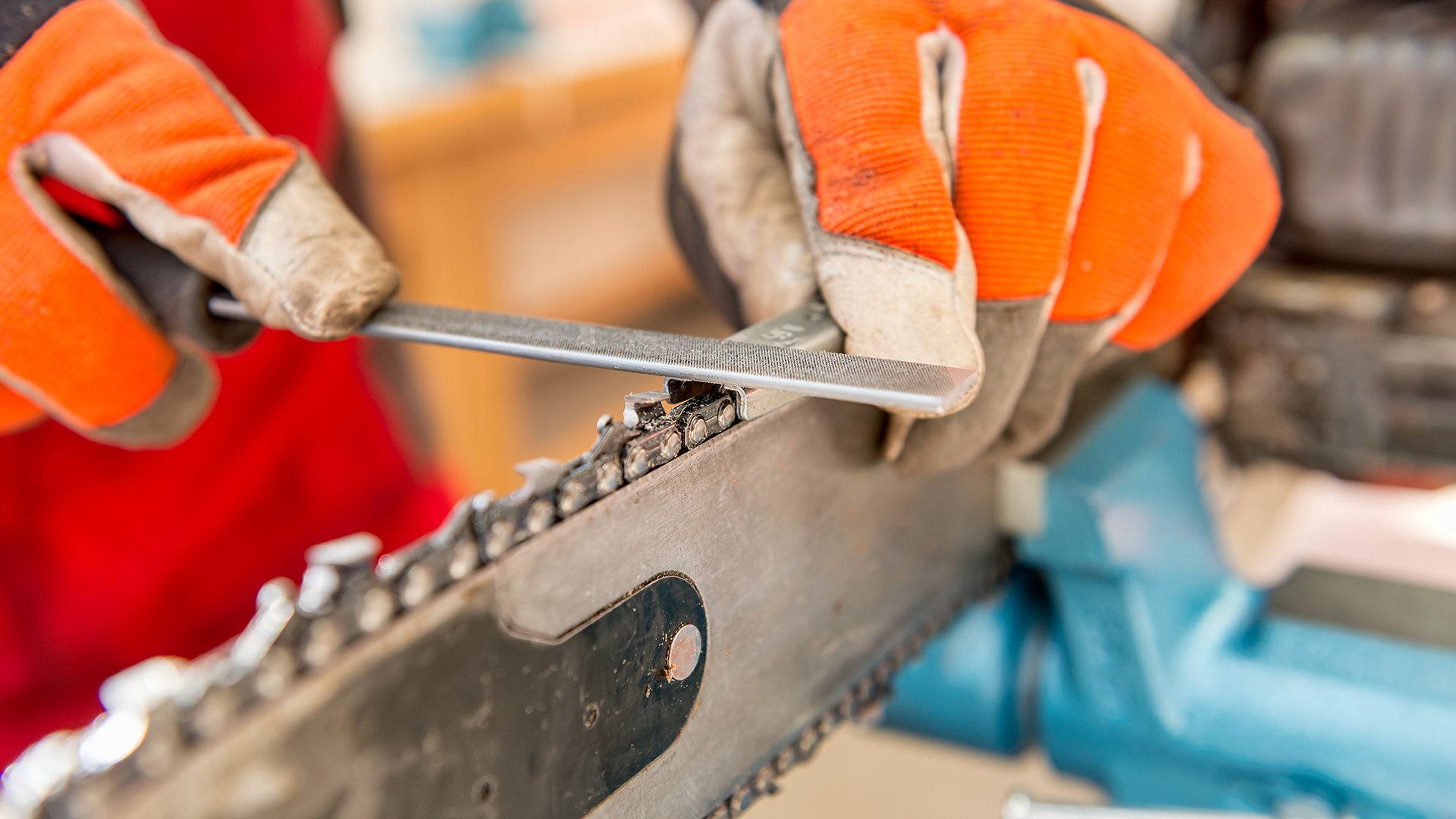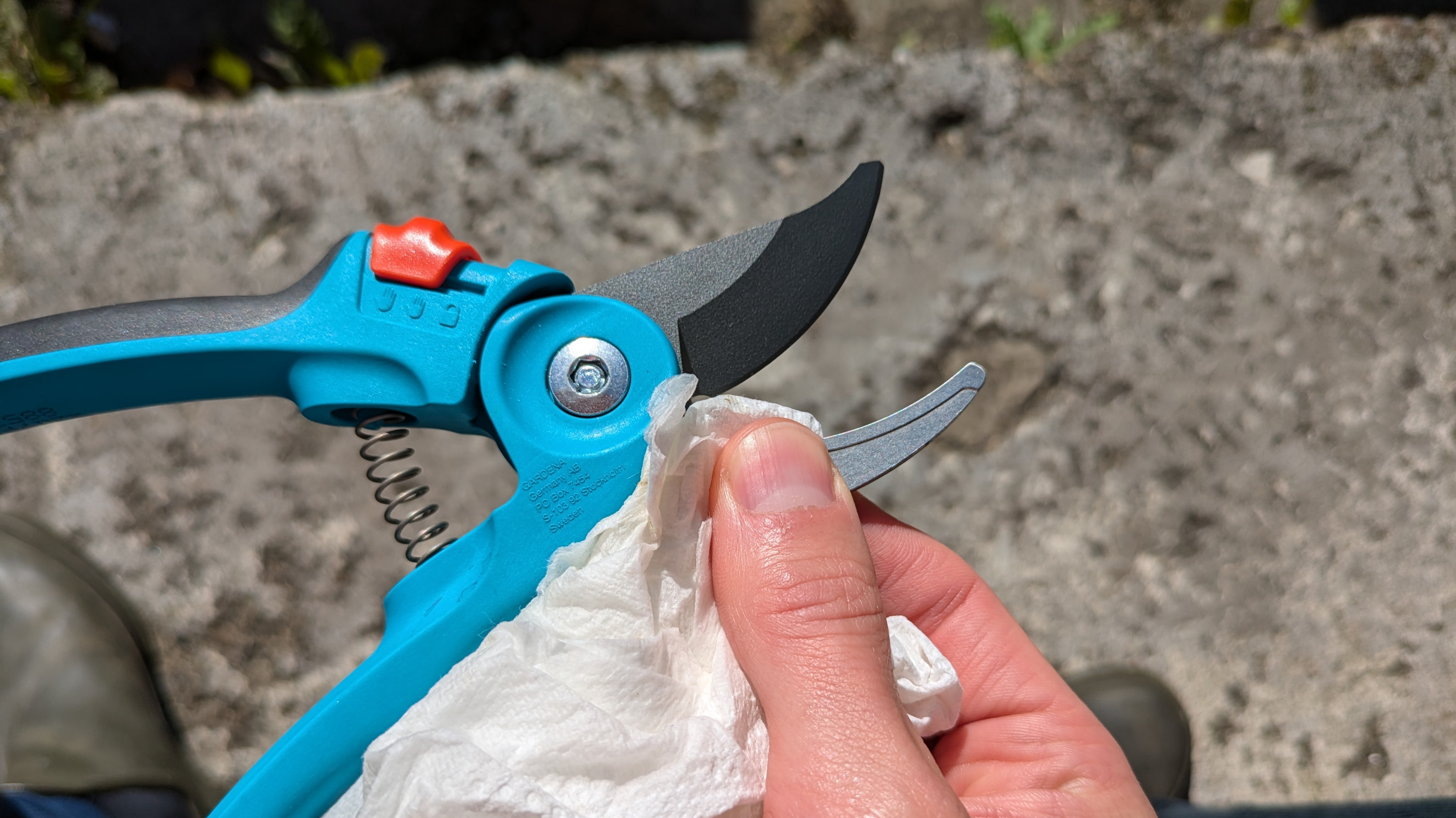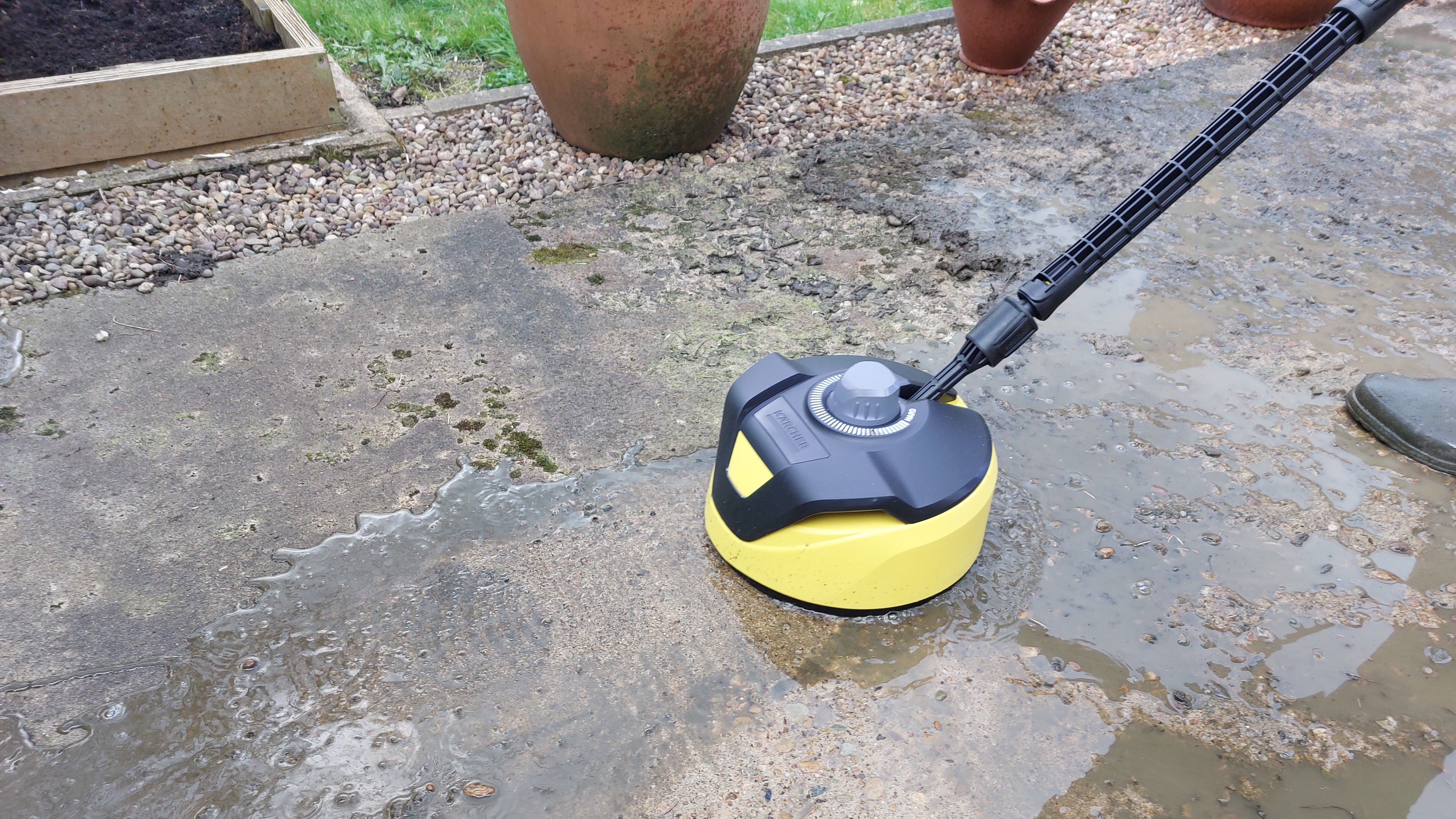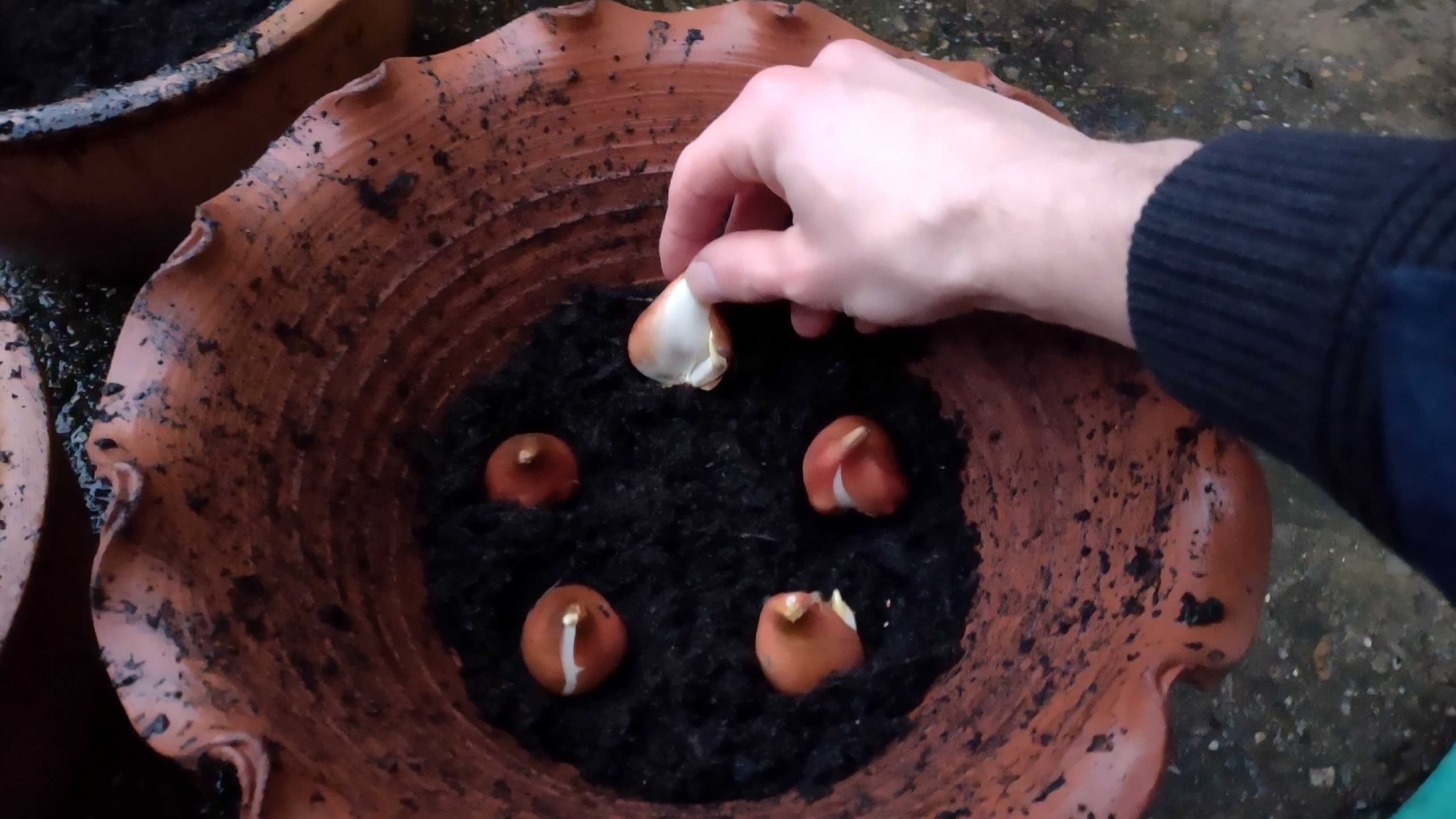November is an important month for gardeners. Now’s the time to finish clearing up after this year’s growing season and sow the seeds (or at least plant the bulbs) for a beautiful spring and summer.
In this guide, I’ll discuss ten yard projects you can complete this November to prepare your outdoor space for a great start to the New Year. From planting flower bulbs and veggies to making habitats for beetles and bees, there’s plenty to keep you busy in the yard.
Providing some extra inspiration along the way, some of our most trusted gardening experts have offered tips to help make your November yard projects successful. You’ll find their advice throughout the article.
10 yard projects to complete in November
1. Plant spring bulbs
If you only do one yard job this November, prioritize planting spring bulbs. Many types can be planted during this month – and given a little time and care, the plants will lift your spirits with a display of flowers when the weather finally warms up.
A further benefit to planting spring bulbs is that their flowers will provide vital nourishment for pollinators early next year. These plants help insects such as bees, hoverflies, and beetles. In turn, the pollinators will help plant life flourish in your yard throughout the year. It's a great, simple way to garden more sustainably.
Dr. Emily Lambert, conservation scientist and co-founder of Seedball, recommends planting common snowdrops, winter aconite, primrose, winter hellebore, and sweet violet.
“The dainty flowers of the common snowdrop signify the arrival of spring, offering hope and resilience during the darkest months,” she says.
“Plant snowdrop bulbs in well-drained soil, preferably in partial shade, and watch as their elegant blooms emerge, attracting early pollinators such as bees and hoverflies.”

Dr Emily Lambert is a researcher specializing in conservation and systems biology. Along with her fellow researcher, Ana Attlee, Dr Lambert co-founded Seedball, a UK-based maker of innovative wildflower seed products.
2. Clear leaves off the lawn
While grass is growing, fallen leaves can provide some benefits if left on the lawn surface, as they break down and deliver nutrients into the soil.
However, when the weather gets cold – especially if snow is forecast – the negatives of leaf coverage start to outweigh the benefits, as the leaves can encourage diseases such as snow rot.
So, November could be a smart time to remove your rake and clear up those leaves.
3. Remove dead plant matter (unless using as mulch)
Gardens can start to look sad in November as formerly vibrant flowers and stems die and wither. Thankfully, we gardeners know through experience that a few months down the line, life will flourish here anew.
In the meantime, you can cheer up your yard by removing dead or dying plant matter (although, in some cases, you may leave it on the soil as a nutritious, insulating mulch).
Pull up dead annual plants, remove dead matter from perennials, and dispose of the waste responsibly in a garden bin or composter.
4. Buy discounted tools and seeds for next year
With events like Black Friday and Cyber Monday ahead, you can sometimes get terrific deals on yard tools such as lawnmowers and chainsaws at this time of year. So, planning and ordering early could save you money on gardening projects.
Retailers such as Amazon, Lowe’s, and The Home Depot are your best ports of call for savings on yard care power tools and resources such as compost and fertilizer. Meanwhile, Sandia Seed Company always tends to have excellent deals on plant seeds.
In 2024, Black Friday takes place on 29 November, followed by Cyber Monday on 2 December. We’ll update you on the best yard tool deals as they’re announced.

5. Clean and sharpen edged tools
You probably have several yard tools you won’t use much over the winter, such as your pruner, hedge trimmer, and lawn mower.
It’s essential to clean these tools before winter storage, as this will limit the risk of rusting that can be caused when dirt and moisture remain on metal components.
While you’re cleaning your edged tools, it would make sense to sharpen them too. Read our guides on how to sharpen a pruner and how to sharpen a hedge trimmer, and how to sharpen a chainsaw blade for step-by-step guidance.

6. Start growing vegetables in your greenhouse
There aren’t many vegetable varieties that can be planted at this time of year – but if you’re lucky enough to have a greenhouse in your yard to provide warmth and shelter to young plants, you’ll have some extra options to play around with.
“Broad beans are an excellent choice for growing in a greenhouse in November,” says Nelly Hall, brand director at the premium bespoke glasshouse manufacturer Alitex.
“These hardy plants benefit from an early start, developing strong roots that help them resist pests like blackfly. Sown in long pots or root trainers, they don’t require much warmth to germinate, and once established, they can be planted outside to survive the winter frost and snow, providing an early crop next summer.”
Nelly also highlights winter lettuce varieties and radishes as suitable crops to plant in November, depending on your local climate (and whether you use a greenhouse).

Nelly Hall is a Brand Director at Alitex, a premium manufacturer of Victorian greenhouses. Prior to working in the greenhouse industry, Nelly worked as a floristry assistant on the James Bond film, Tomorrow Never Dies.
7. Make space for nature
While your yard is part of your home, it’s the whole world to some creatures living on your land. By creating space for some of these critters—especially ones that control pests or pollinate plants —you can preserve biodiversity and maintain the health of your ecosystem.
“Logs and sticks create perfect shelters for bugs,” says Sean McMenemy, wildlife expert and founder of Ark Wildlife.
“Decaying wood is a wildlife magnet, attracting beetles and bees that burrow inside. Stack some logs, and you’ll likely see ladybirds and woodlice [AKA ‘potato bugs’ or ‘sow bugs’] stopping by too.
“Pine cones can also make cozy insect shelters,” he adds.
“Many creatures love crawling through the crevices and hiding among the scales. Bundle and interlock pinecones, filling gaps with dried leaves, and place in a dry spot. Remember, pine cones close when wet!”

Sean McMenemy is a wildlife expert and the founder of Ark Wildlife, a UK-based retailer of bird and wildlife products.
8. Undertake landscaping work
In the spring and summer, landscaping work can greatly disrupt your local ecosystem, sometimes ruining the appearance of your yard throughout the year. Meanwhile, in winter, the soil may be too hard and frosty to dig.
November is a ‘sweet spot’ in the calendar year for major changes to your garden layout. By this point, not many annual plants are growing, and (for most northern hemisphere gardeners) the ground remains soft enough to move with relative ease.
9. Prune rose bushes
November isn’t necessarily the ideal month to get out your best pruning shears and cut back your plants – but one exception is rose pruning.
“Winter is the best time to prune roses before active growth starts again in the spring,” says Steve Swanborough, gardening expert at Henchman.
“When a rose is dormant, this allows you to easily assess the plant to remove dead, diseased, or damaged branches that may harm the bush’s overall health. Not only does this help shape the plant, but it also encourages proper air circulation and sunlight penetration, which can help prevent fungal diseases and the spread of unwanted pests,” he says.
“To effectively prune your rose bush, remove any brown, dead wood using your pruner. Take out any crossing or crowded branches and thin or weak growth. You should aim to cut half an inch above a bud at a 45-degree angle, sloping away from the bud. After pruning, the rose bush will be significantly smaller and appear bare but don’t be alarmed, it will grow back stronger and quicker come spring!”

Steve Swanborough is an in-house gardening expert at Henchman, a producer of ladders made for uneven terrain – perfect for pruning trees and cutting hedges. A former private gardener, Steve assists Henchman with its displays at shows such as the RHS Chelsea Flower Show and RHS Hampton Court Flower Festival in the UK.
10. Pressure-wash your driveway
While November can be an important month for gardeners, the amount of urgent yard work needed at this time of year tends to be relatively low.
If you have some spare time, this could be a good moment to pressure-wash your driveway. That’s exactly what I just did, using my trusty Kaercher K5 ($452.73, Amazon).

Want more ideas to enhance your yard this November? Try upgrading your outdoor furniture, or do some last-minute lawn care before the winter.

